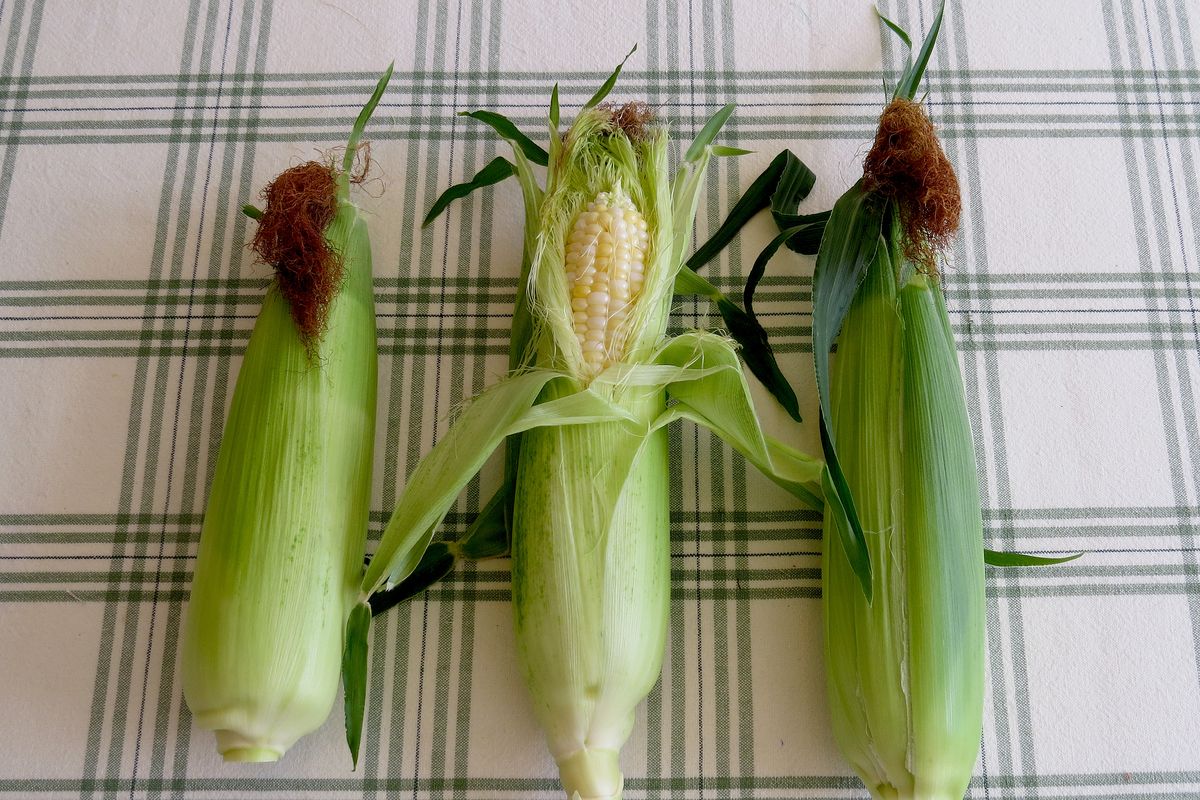In the Garden: The perfect time to pick your home-grown vegetables

Is it just me, or are you also alarmed we’re well into August already? Since our long, chilly and very wet spring got our vegetable gardens off to a rough start, it seems only fair that the growing season should proceed more slowly.
Now it’s the peak of the season, and there is plenty of harvesting to do. For those who are new to growing veggies, I thought it would help to discuss when to harvest different crops.
At this point, many cool-season crops are throwing in the towel because they don’t like the heat. This includes lettuce, peas and spinach, which shut down and go to seed. It’s time to pull them up and focus on the other crops.
Beans – Always harvest bush and pole beans when the pods are young, tender and flavorful. Don’t wait until you can see and feel the seeds within the pods. The opposite is true for fava beans. Also known as broad beans, they should be picked when the pods feel firm and are practically bursting with seeds. Shell them, boil the seeds for a few minutes, then pop out the tender, green seed inside each one.
Corn – The silks at the tip of each ear should be brown and very dry. Feel the upper portion of the ear: It should be rounded, meaning the kernels have finished filling out the ear. If you’re still feeling baffled, carefully peel back part of the husk and peek at the kernels near the tip: If they’re fully formed, the ear is ripe.
Eggplant – Look for firm fruits that have thin, glossy skin. You also can find harvesting clues by checking the seed packet or plant label for information about the size of mature fruits.
Garlic – Many local gardeners have already harvested theirs, but here’s what to look for: When the lowest two leaves have turned brown, it’s time to gently dig them up. Move them to a sheltered location until the stalks are completely dry, then trim them off and store the bulbs in a basement or other dark, cool area.
Melons – Watch for the stem of the melon to begin separating from the vine. The skin of the melon should turn lighter in color, and you’ll probably notice yellow jackets and wasps buzzing about: They can smell that sweet, succulent flesh. Separate the melon from the vine and prepare to be amazed at how delicious a fully ripe melon can be.
Onions – The nice thing about onions is they let you know they’ve finished growing: Their stalks fall over. Once that happens, pull them up and move them to an area that is sheltered from the weather until the stalks are completely dry. At that point, remove the stalks and move the onions bulbs to a cool, dark area.
Squash – Harvest summer squash such as zucchini while they’re young and tender. Remember that if you fail to harvest a small zucchini one day, it will be the size of a baseball bat the next. Don’t pick winter squash until fall frosts are approaching and their skins are hard.
Tomatoes – Since they come in so many colors, my best advice is to wait for some to turn the appropriate color and then eat one. If it is tender and delicious, you will know what to look for.
Tomatillos – The fruits are hidden inside little husks during the growing season. When the husks change color and burst open, you can pick them.
Contact Susan Mulvihill at susan@susansinthegarden.com. Watch this week’s “Everyone Can Grow a Garden” video at youtube.com/susansinthegarden.